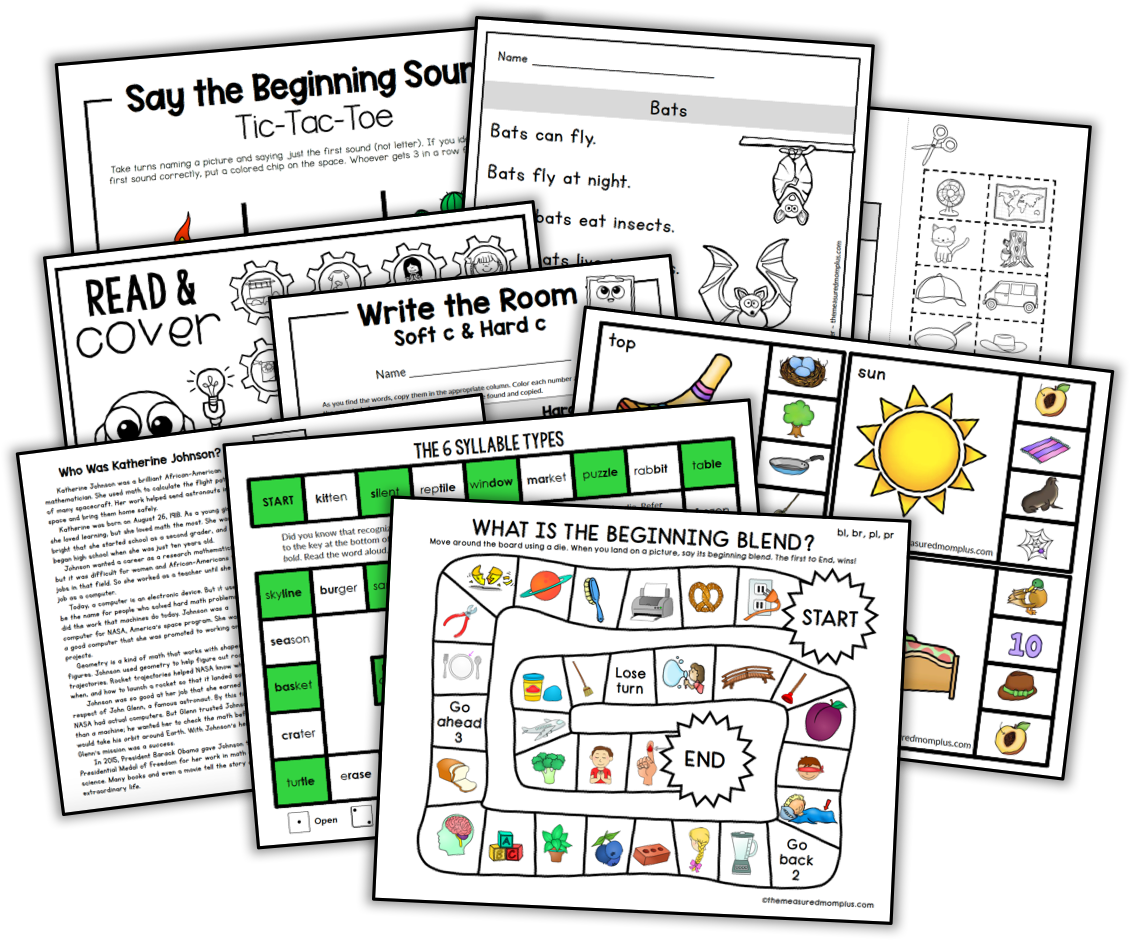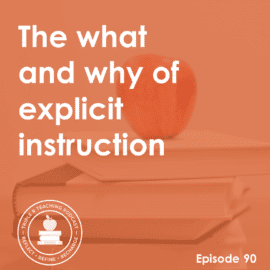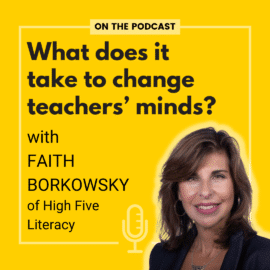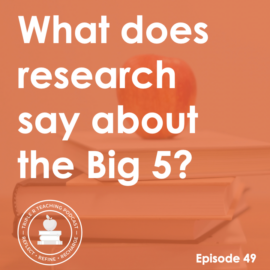 TRT Podcast #26: Common misconceptions about dyslexia
TRT Podcast #26: Common misconceptions about dyslexia
Dyslexia is the most common learning disability, yet many people know very little about it – dyslexia myths abound! We’re busting 12 of them in today’s episode.
Listen to the episode here
Full episode transcript
Dyslexia is the most common learning disability, yet many people know very little about it. There are a lot of dyslexia myths floating around, so let's do some myth busting.
Myth number one, people with dyslexia see letters and words backward, and people with dyslexia always write letters and words backward.
This misconception may be the most common, perhaps because it's been around for so long. Dyslexia is not a visual disorder; it's a phonological processing disorder. This myth is especially troublesome because some teachers and parents will dismiss the possibility of dyslexia because a child doesn't transpose letters or write backward.
Myth number two is that dyslexia is rare.
Actually, it's the most common reading disability! Estimates vary, but some experts say as many as 15% of the population has dyslexia. It exists on a continuum so some people may have a very mild form and others severe, but it is much more common than many of us have been led to believe.
Myth number three, laziness causes dyslexia.
Anyone can be lazy, but dyslexia is not caused by laziness. In fact, oftentimes the person with dyslexia is working harder than anyone else in the room. Telling someone with dyslexia to just try harder isn't going to solve the problem.
Myth number four, dyslexia is a sign of below-average intelligence.
According to the International Dyslexia Association, dyslexia is neurobiological. People with dyslexia do not necessarily have a low IQ and people with a high IQ can most certainly have dyslexia.
Myth number five, dyslexia is much more common in boys than girls.
While it seems that SLIGHTLY more boys than girls have dyslexia, it affects boys and girls at almost the same rate. It's possible that boys may be diagnosed more often because their difficulties may be more likely to lead to misbehavior, whereas girls may be more likely to struggle quietly.
Myth number six, dyslexia only affects people who speak English.
People from all different countries may be born with dyslexia. Remember, it's neurobiological, but depending on how their language works, dyslexia shows up in different ways.
Myth number seven, dyslexia is a result of parents not reading enough at home.
I've got to say I cringe when I look back to my teaching days and remember one particular child that most assuredly had dyslexia. I knew nothing about it at the time, so my top advice was for his parents to read to him more. These caring parents had been reading to him consistently for years. Reading more to our kids has countless benefits, but reading to a child with dyslexia will not overcome dyslexia. Dyslexia is caused by a difference in how the brain works.
Myth number eight, people with dyslexia always have special gifts in other areas.
This is a myth we'd like to be true, but the fact is many people with dyslexia do not show signs of giftedness. I was talking to a dyslexia tutor in an online training and she said this myth is dangerous because of the discouragement it can cause. She had a student who said, "Great, I've got dyslexia and I don't have any special talents! I'm not even good at being dyslexic!" So we don't want to have that false expectation.
Myth number nine is that an fMRI scan can be used to diagnose dyslexia. This would be very handy, but this technology can only show differences between groups of individuals with or without dyslexia. It doesn't have the ability to distinguish individuals with and without dyslexia.
Myth number ten, dyslexia cannot be identified until third grade. This may be one of the most damaging myths because early identification is crucial so proper intervention can begin. Students at risk for dyslexia can be identified as early as four years old, possibly earlier. In her book, Overcoming Dyslexia, Sally Shaywitz wrote, "Our children are precious and we must always bear in mind that if a child is not evaluated and later proves to have dyslexia, we have robbed him or her of precious time."
Myth number eleven, with time, a person will outgrow dyslexia.
Dyslexia is a lifelong disability and we cannot cure it.
Myth number twelve, people with dyslexia cannot learn to read and spell.
This is a myth we are happy to debunk. It may require a great deal more effort and time, but children with dyslexia can learn to read and spell with systematic, sequential, explicit instruction.
In the show notes, I'll link to our series all about dyslexia. I wrote this blog series with This Reading Mama. We talk about screening for dyslexia, teaching with dyslexia, signs of dyslexia, etc. You can find all of that in the show notes, which are at themeasuredmom.com/episode26.
Coming up next week, what every teacher should know about dyslexia!
Sign up to receive email updates
Enter your name and email address below and I'll send you periodic updates about the podcast.
Check out my blog series about dyslexia with This Reading Mama!
- Misconceptions about dyslexia
- What is dyslexia?
- Signs of dyslexia
- Getting tested for dyslexia
- Using explicit instruction
- Systematic teaching
- Repetition and review
- Multi-sensory teaching
- What every teacher needs to know about dyslexia







namir
thanks for your help!